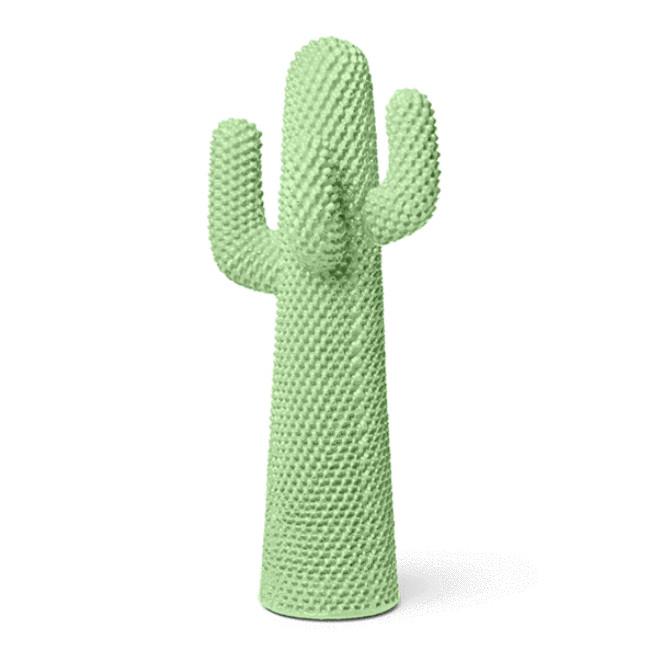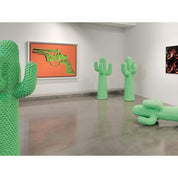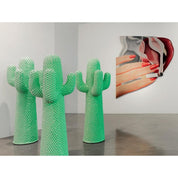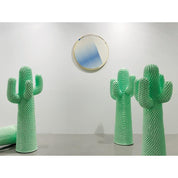Delivery and returns
DELIVERY TIME
Products in stock, shipped via La Poste Colissimo or GLS, are sent within 48 hours (working days). Your order is delivered to your home within 2 to 5 working days for products in stock.
A tracking number will be sent to you by email automatically.
Larger products are shipped by specialized carrier.
You will be contacted to set a time slot at your convenience.
We also ensure international delivery of all our products by La Poste Colissimo, GLS or by specialized carrier.
IN-STORE COLLECTION
Products in stock, standard size, are available immediately after your order in our store
THE WOODS GALLERY, 22 rue André del Sarte, 75018 Paris
during opening hours (check on Google)
Please show us your confirmation email when collecting.
Larger products must be collected by appointment.
Please contact us to agree on the date and time by email: contact@the-woods.fr.
EXCHANGES AND RETURNS
The customer has a period of fourteen days to exercise his right of withdrawal and return at his own expense the products which do not give him satisfaction in accordance with article L.121-20 of the Consumer Code ,
The products must be returned in their original packaging, in resalable condition.
Any product returned damaged will not be refunded.
PLEASE NOTE: any "personalized" product (choice of fabric, color of wood, custom dimensions, etc.) cannot be refunded: the product is not in stock and is specially made by the manufacturer to the customer.
Need help or advice ?
Contact us via our chat (message icon at the bottom right of our site)
(we will respond to you within 24 hours, excluding weekends)














